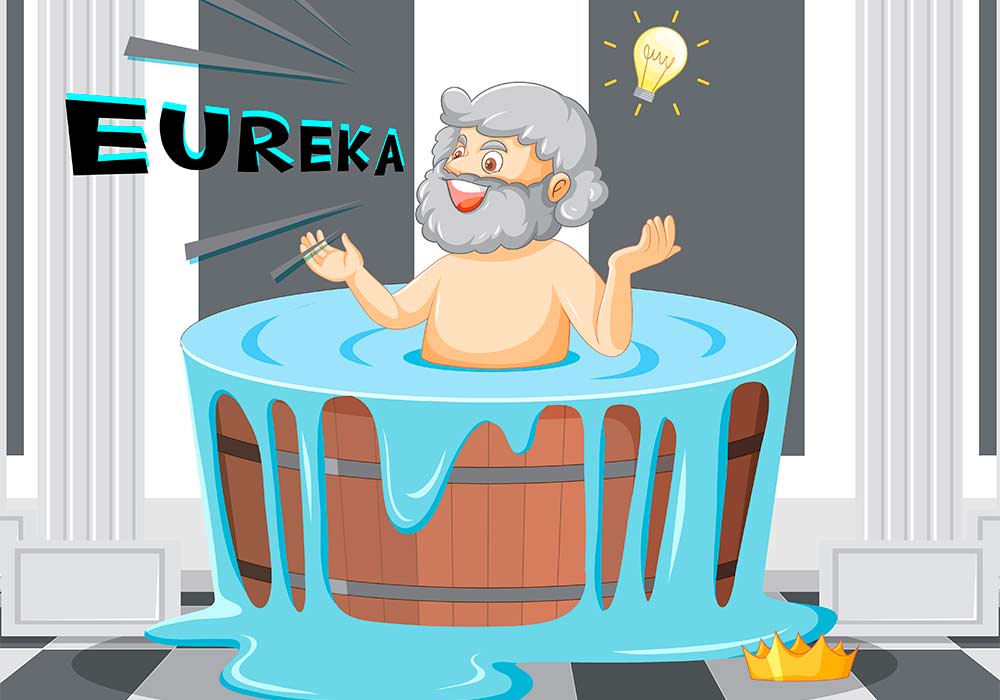Creativity illuminates our minds and transports us beyond the limits of convention. It is a powerful flow of thoughts and inspiration that awakens the spark within us and drives us to create, to imagine and to dream.
Where do good ideas come from? Creativity is nourished by our personal experiences, the memories we cherish and the encounters that have transformed us. But also from moments of distraction or rest. Those days when you don’t look for good ideas, but rather they find you. It is what’s known as the Eureka moment, situations where our mind seems to light up and generate that answer or solution as if it appeared out of nowhere.
What will I read about in this article?
Mathematical theories that emerged from distraction, rest and the Eureka Moment
Archimedes, the renowned Greek mathematician and physicist, rose to fame through his remarkable contributions to the field of science. However, one of the most iconic moments of his life took place in a bathtub. At the time, Archimedes was faced with a seemingly insoluble problem: how to determine whether King Hieron II’s crown was pure gold or whether it contained other, less valuable metals.
It was at that very moment, as he watched the displacement of the water, that a brilliant idea flashed into his mind. He realised that he could measure the volume of the crown by immersing it in water and compare it to the volume of a pure gold object of equal weight.
